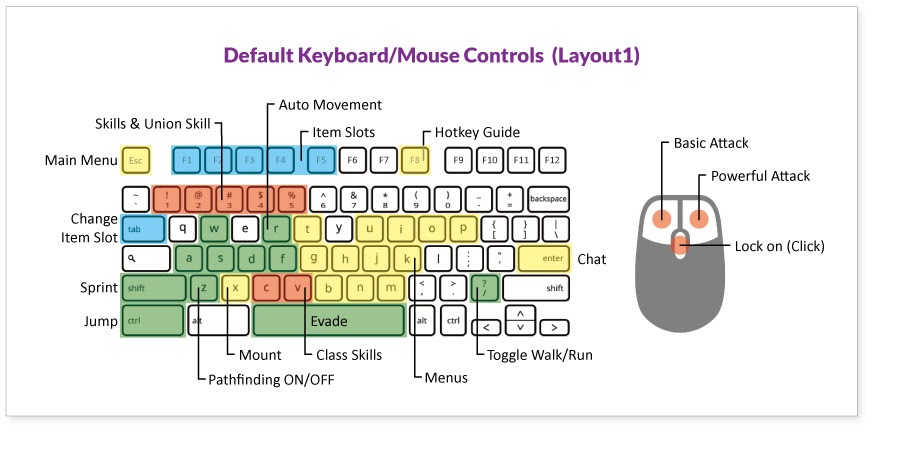

Mouse users will find that both function exactly the same way however, for keyboard users, only the first one is accessible. The following two examples of drag-and-drop sortable lists may look identical, but there is one difference. Developers often have trouble making these accessible, though there are a number of strategies available to make them usable with a screen reader. One common keyboard-inaccessible culprit around the Web is drag-and-drop widgets. Try This: Keyboard Accessible Drag-and-Drop For this reason, the ability to interact with web content using only a keyboard is core to web accessibility. Content that is accessible by keyboard can also be accessed by devices that emulate keyboards. Many of the assistive technologies that people with disabilities rely upon emulate the functionality of a keyboard. Also, see SC 2.1.3 Keyboard (No Exceptions). To achieve Level AAA, all content must be keyboard accessible. But the highest conformance level that such a website can attain for Guideline 2.1 is Level A. Tasks that depend on continuous, time-sensitive movements that do not have start and end points are excluded. WCAG 2.1 acknowledges that some tasks cannot reasonably be done with a keyboard, such as real-time flight simulations.
#1keyboard guide full#
But when a task cannot be performed without a mouse, some people will be prevented from taking full advantage of a site. There are even keyboard equivalents for dragging and dropping. Many tasks that are typically done with a mouse can be (or should be) easily keyboard accessible, including “clicking” hypertext links, drawing straight lines and regular geometric shapes, and resizing windows. Many “average” computer users know a few keyboard shortcuts, and some “power users” rarely touch the mouse at all. In addition, there are individuals who find that pressing a few keys on the keyboard is faster, easier, and more accurate than pointing and clicking. A person who has hand tremors may be unable to hold the mouse steadily enough to click on small screen objects.Someone with a learning disability may find the movements of the mouse pointer distracting.A person who is totally blind cannot see the mouse pointer at all.An individual with low-vision may have trouble locating the mouse pointer on a screen.Yet some people cannot use - or have difficulties using - a mouse. Now, a mouse (or a similar pointing device) comes with every computer, and most people would be lost without one. In recent years, other mouse-like devices have been introduced, including trackballs, touchpads, and trackpoints. The mouse only became pervasive during the mid–1990s. The computer mouse is ubiquitous today, but before 1984 most computer users did not use one. All functionality of the content is operable through a keyboard interface without requiring specific timings for individual keystrokes, except where the underlying function requires input that depends on the path of the user’s movement and not just the endpoints.


 0 kommentar(er)
0 kommentar(er)
